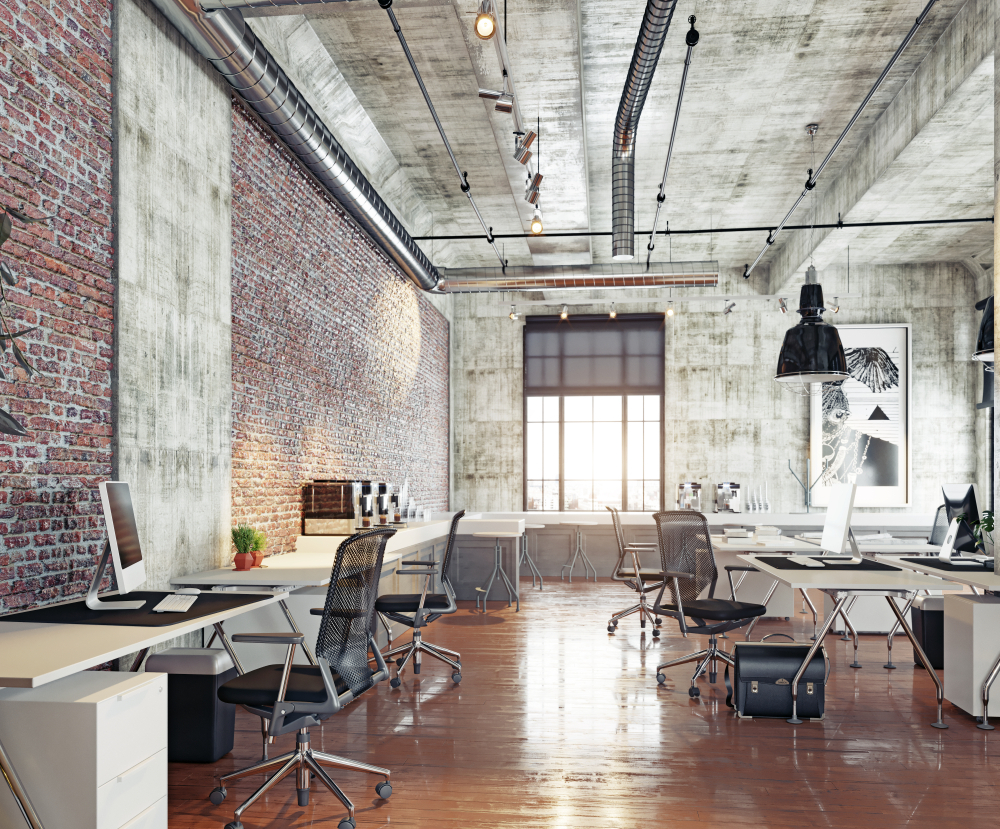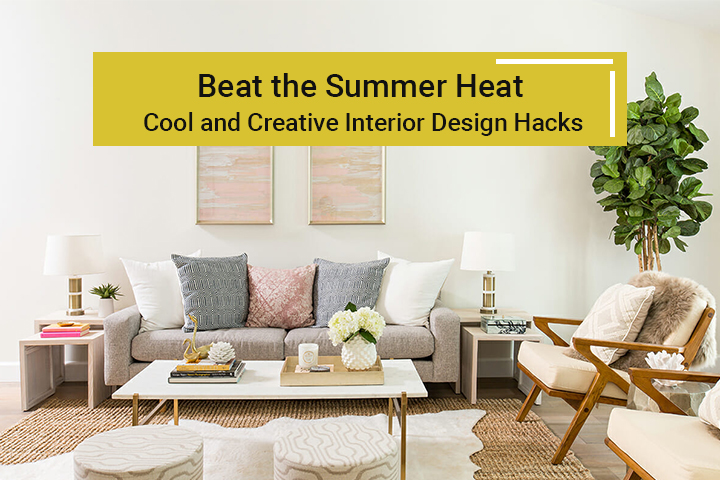Summer is here, and with it comes the challenge of keeping our homes cool and comfortable. Air conditioning is a go-to for many, but it’s not the only way to beat the heat. Let’s explore some creative and cool interior design hacks to help make your home a refreshing oasis during the hot months.
1. Lighten Up Your Linens
Switching out your textiles can make a significant difference in the feel of your room. Opt for lightweight and breathable fabrics such as cotton or linen for bedding, curtains, and slipcovers. These materials not only contribute to a cooler ambience but also give your space a fresh, seasonal look. Choose light colors that reflect rather than absorb heat.
2. Block out the sun.
Direct sunlight can increase the temperature inside your home. Use light-colored blinds or curtains to reflect the sun’s rays. Consider thermal or blackout curtains for rooms that face the sun most directly; they can block out heat and help keep your rooms cooler without over-relying on air conditioning.

3. Embrace minimalism.
Heavy, dark furniture can make a room feel warmer. Try a minimalist approach by decluttering and choosing pieces with lighter hues and sleeker designs. Furniture raised on legs can also help by increasing air circulation around the room. Glass tables or metal frames with open designs can also add to the sense of coolness.
4. Color Palette: Cool Tones
Repaint your walls with cool tones like blues, greens, and light grays. These colors are known for their cooling effects and can visually lower the temperature of your space. They also help create a calm and serene environment, perfect for relaxing during hot days.
5. Maximize ceiling fans.
If you have ceiling fans, make sure they are rotating counterclockwise during the summer months. This pushes the air down, creating a breezy effect that makes the environment feel cooler. Consider updating your fans with more energy-efficient models or installing new ones in rooms that lack them.
6. Focus on flooring.
Rugs and carpets can trap heat. Consider removing them during the summer or using lighter rugs made of natural fibers like jute or sisal. These materials do not retain heat and add a touch of earthiness to your decor. In areas with hardwood or tile, keeping them bare can also help keep the space cooler.
7. Opt for smart landscaping.
If you have control over the area around your home, strategic landscaping can reduce heat absorption. Planting trees or shrubs near windows can provide natural shade and cool the air before it enters your home. Inside, adding indoor plants can increase oxygen levels, with some varieties like snake plants or areca palms known for their cooling effects.
8. Upgrade your lighting.
Incandescent bulbs not only use more energy but also generate more heat. Switch to LED bulbs, which are cooler and more energy-efficient. Additionally, consider using ambient lighting and strategically placed task lighting to avoid overheating any particular area of your home.

9. Create cross-ventilation.
Ensure your home is ventilated adequately to allow hot air to escape. Open windows in the early morning and late evening when the air outside is cooler. Use adjustable window screens or ventilated window treatments to create a cross-breeze that helps push hot air out and pull cool air in.
10. Reflective window films
Applying reflective films to your windows can dramatically reduce heat gain from sunlight. These films are generally easy to install and can be an efficient way to reflect UV rays and keep your home cooler, all while protecting your furniture from sun damage.
11. Accessorize with Function
Add functional yet stylish elements such as large ceramic or terracotta vases, which can help moderate room temperature. Fill them with water to add humidity in overly dry climates, which can make the air feel cooler. Decorative water features like small tabletop fountains can also add a refreshing element to your decor.
Conclusion
Tackling summer heat doesn’t have to be costly or involve complex installations. With these interior design hacks, you can create a cooler, more comfortable home environment that is both stylish and functional. Remember, the key to effective summer living spaces lies in your chosen materials, colors, and airflow. By making these smart changes, you can enjoy a cooler home without relying solely on air conditioning.

